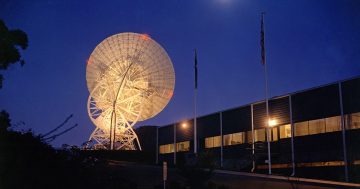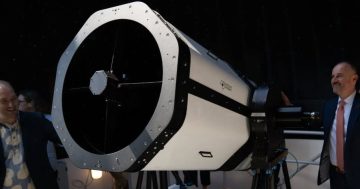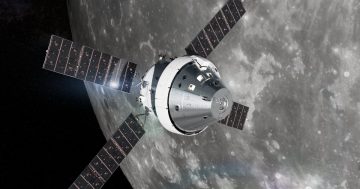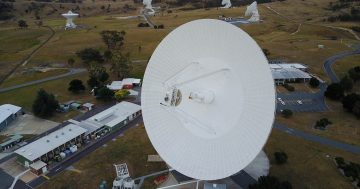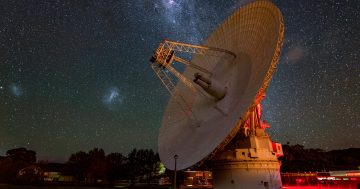
The first moon walk was on 20 July, 1969. I know Canberra was important – but who else remembers?
I found out a few months ago while on a holiday visit to Florida, USA. As well as the art deco delights of Miami South Beach and the alligators of the Everglades, Florida is home to the Kennedy Space Centre. You can visit part of the space centre – it’s like Disneyland for geeks, full of rocket ships and science. We spent a full, wonderful day there.
Straight in from the entrance is a rocket park, with the Mercury-Redstone, Atlas and Titan rockets that first put US astronauts into space. We got to sit in a Mercury capsule – talk about cramped!
I told one of the guides that I was from Canberra – home to Tidbinbilla, Honeysuckle Creek tracking station and part of the NASA deep space network.
There has been a nearly 50 year association between Canberra and NASA, and I felt as though my hometown was part of the NASA family. But the NASA guide responded to my enthusiasm in a bored voice: “Canberra? Where on earth is that?”
Well, that sure punctured my balloon of enthusiasm.
Later in the tour we visited the huge Apollo/Saturn V Centre building. Inside is a Saturn V rocket, as used for the lunar missions. And also inside that building is one of the actual mission control rooms used for the lunar missions. There were the rows of 1960s computers used by the mission controllers. There were the huge screens filling the wall that showed where the spacecraft was. And next to that there was a series of small screens, showing the status of each tracking station.
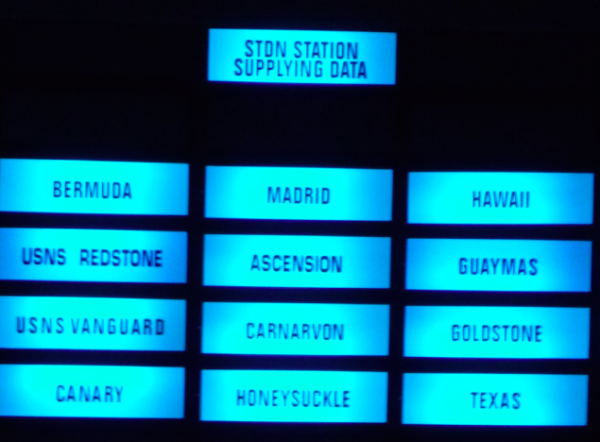
In the middle of the bottom row of screens was Canberra’s very own Honeysuckle Creek. I couldn’t believe it.
“Wow this is really exciting – I’ve come from the other side of the world, from a town just by Honeysuckle Creek and I can see up there on the screen how we were part of the moon landings,” I exclaimed to the guide.
The guide looked confused. He admitted he’d always thought Honeysuckle was somewhere in Louisiana.
Oh dear, my enthusiasm was punctured again. To add insult to injury, on the way out we went past their cafeteria, which claimed to be the only place in the world you could have coffee near to a moon rock. Well, I thought, clearly they haven’t been to the Moon Rock Cafe at Tidbinbilla tracking station. They’ve got moon rock!
By this point I had pretty much given up on Canberra being part of the NASA family. But on the way out we stopped into the Kennedy Space Centre book shop, where we met a real life astronaut – not from the moon missions, but the later shuttle missions. His name was John-David Bartoe. I wasn’t expecting much when I approached him and said, “Hi, I’m from Honeysuckle Creek in Australia.“
His face lit up and I couldn’t get another word in.
“That’s amazing,” he said.
“Did you know that if wasn’t for Honeysuckle Creek, nobody would have seen the first moon walk! And it was complicated. The camera on the moon wasn’t a standard TV camera, so they had to show the walk on a monitor at Honeysuckle, and then they pointed a standard TV camera at the monitor to show the world the first moon walk. Boy, would we love to find tapes of the original signal ….”
So I had my answer. Maybe the NASA tour guides don’t know about Canberra, but the NASA astronauts do remember Canberra and the role we played in the first moon walk.
Note: The Honeysuckle Creek Tracking Station closed in 1981, but the Tidbinbilla tracking station and visitor centre are still open and great to visit.












